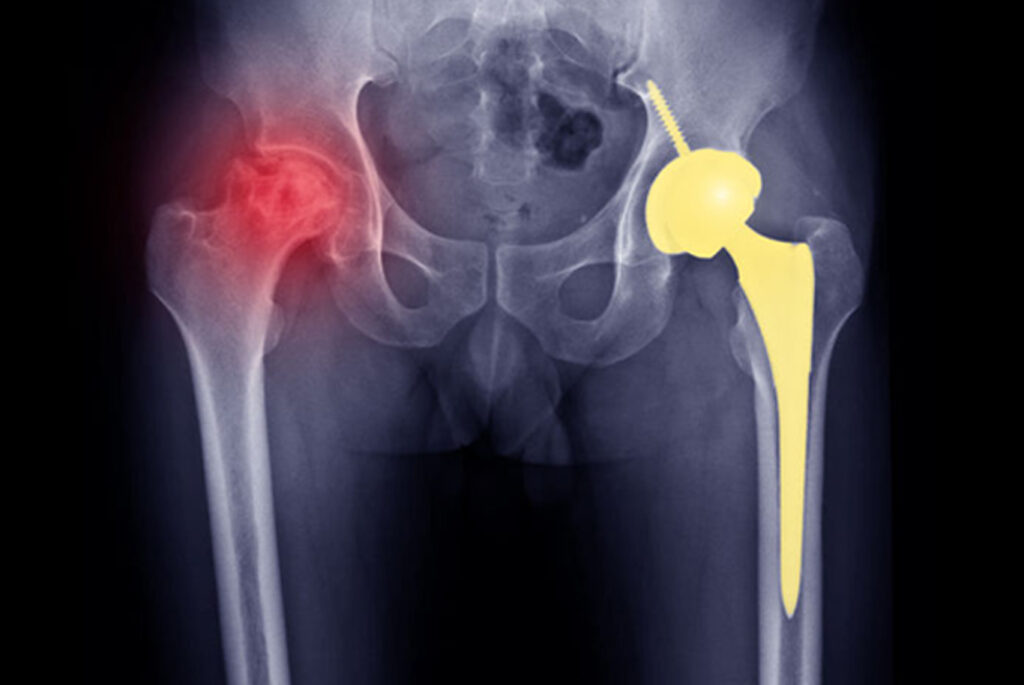As a seasoned medical professional and writer, I’ve encountered numerous health conditions that often go unnoticed until they wreak havoc on our lives. Avascular Necrosis (AVN), also known as osteonecrosis, is one such condition that deserves our attention. This silent threat can affect the hip joint, causing debilitating pain and disability if left untreated. In this blog, we’ll delve into the world of AVN, exploring its causes, symptoms, diagnosis, and treatment options. By the end, you’ll have a comprehensive understanding of this condition and why it’s crucial to address it promptly.
Unmasking Avascular Necrosis
What is Avascular Necrosis?
Avascular Necrosis, or AVN, is a condition where the blood supply to a bone is disrupted, leading to bone cell death. This lack of blood flow can cause the affected bone tissue to deteriorate over time. While AVN can affect any bone in the body, it most commonly occurs in the hip joint.
The Hip Joint: A Vital Connection
The hip joint plays a pivotal role in our mobility and overall well-being. It’s a ball-and-socket joint that connects the thigh bone (femur) to the pelvis. This joint allows us to walk, run, jump, and perform various daily activities. When AVN strikes the hip joint, it can significantly impact our quality of life.
Understanding the Causes
What Triggers AVN?
While AVN may seem like a mysterious ailment, it often has identifiable causes. These include:
Trauma: A significant injury to the hip joint, such as a fracture or dislocation, can disrupt blood flow, initiating AVN.
Steroid Use: Prolonged use of corticosteroids, often prescribed for various medical conditions,steroid consumed for body building and for gaining weight can increase the risk of AVN by interfering with blood supply.
Excessive Alcohol Consumption: Heavy alcohol use can weaken bone structure and impair blood circulation, increasing the susceptibility to AVN.
Medical Conditions: Certain conditions like sickle cell disease, lupus, and HIV can heighten the risk of AVN due to their impact on blood flow.
Idiopathic AVN: In some cases, there may be no apparent cause, making it essential to monitor one’s health and seek medical attention for unexplained hip pain.
COVID Infection has significantly increased the rate of Avasular necrosis of hip in young population.
Signs and Symptoms
Recognizing the Warning Signs
One of the challenges of AVN is that it can remain asymptomatic in its early stages. However, as the condition progresses, it manifests in several ways:
Joint Pain: Persistent pain in the hip joint that worsens with activity is a hallmark symptom.
Limited Range of Motion: Reduced mobility in the hip joint, making it difficult to perform everyday tasks.
Stiffness: A feeling of stiffness or tightness in the hip, particularly after periods of rest.
Groin Pain: Pain may radiate into the groin, making it difficult to pinpoint the source of discomfort.
Limping: Many individuals with AVN develop a limp due to the pain and reduced hip function.
Diagnosis:
The Importance of Early Diagnosis.
If you suspect you may have AVN, it’s crucial to consult a Orthopaedic Surgeon. Early diagnosis is key to preventing further damage to the hip joint. The diagnostic process typically involves:
Physical Examination: The Surgeon will assess your hip joint range of motion, stability, and overall function.
Imaging: MRI And CT Scan hep in diagnosis the Avasular necrosis in early stage even befor the Joint Destruction.
X-rays plays a crucial role to demarcate the extent of bony destruction and to plan the further surgical needs.
Blood Tests: Blood tests may be conducted to rule out underlying medical conditions that could contribute to AVN.
Treatment Options
Navigating the Path to Recovery
The treatment approach for AVN depends on the stage of the condition and its severity. Here are some common options:
Medications: Pain relievers and anti-inflammatory drugs can help manage discomfort and inflammation for a time being but it does not cures any disease pathology.
Physical Therapy: Physical therapists supports in gaining the strength of muscles around the hip joint which helps in early recovery of patient post surgery. Usually should be started a week before surgery.
Core Decompression: In the early stages, a surgical procedure called core decompression can be performed to relieve pressure within the bone and stimulate blood flow.
Joint Replacement: In advanced cases where the hip joint is severely damaged, total hip replacement surgery may be necessary.
Biological Therapies: Emerging treatments like stem cell therapy and biologics show promise in promoting bone regeneration.
Manage Underlying Conditions: If you have a medical condition that increases your AVN risk, you should be in regular contact with your Doctor for early diagnosis to prevent the further destruction of joint and to preserve your natural joint.
Limit Alcohol and Steroid Use: If possible, reduce alcohol consumption and the use of corticosteroids under medical supervision.
Maintain a Healthy Lifestyle: Regular exercise, a balanced diet, and weight management can promote overall bone health.
Regular Check-ups: Visit your healthcare provider for routine check-ups, especially if you have a history of AVN risk factors.
Conclusion
Avascular Necrosis may be a silent threat, but it doesn’t have to remain hidden in the shadows. With awareness, early detection, and appropriate medical care, we can combat this condition and preserve the integrity of our hip joints. Remember, your hip joints are essential for your mobility and overall well-being, so it’s crucial to protect them from the silent threat of AVN.
